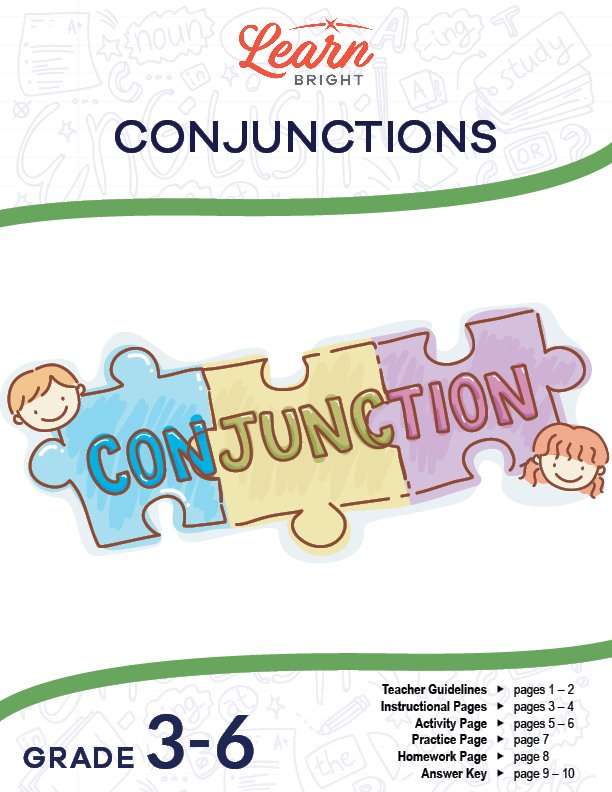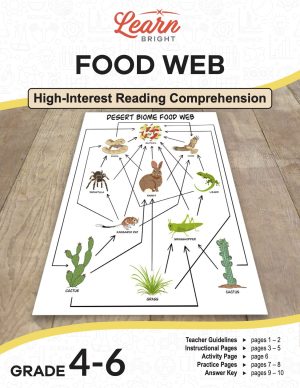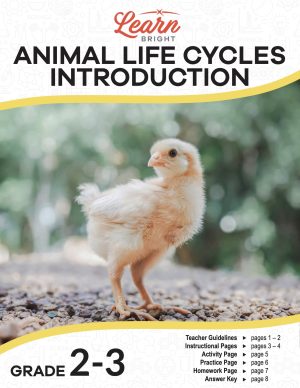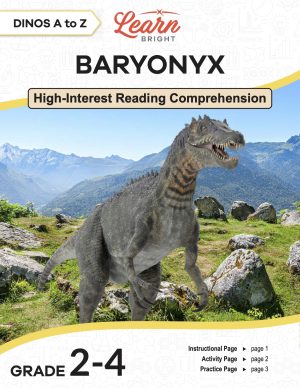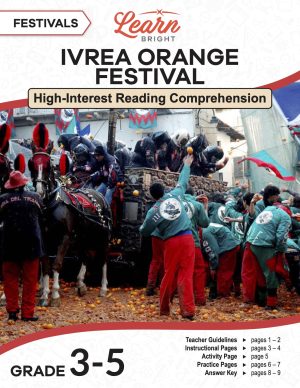Description
What our Conjunctions lesson plan includes
Lesson Objectives and Overview: Conjunctions introduces students to the various types of conjunctions including coordinating, correlative, and subordinating conjunctions. Many students may easily remember basic conjunctions such as and, or and but; however, this lesson will expand the students use of the other types of conjunctions. Students will work both collaboratively and individually to create, identify, and use different types of conjunctions. They will also be asked to place commas in the correct place within sentences. At the end of the lesson, students will be able to correctly identify and use conjunctions, including coordinating, correlative, and subordinating conjunctions. This lesson is for students in
Classroom Procedure
Every lesson plan provides you with a classroom procedure page that outlines a step-by-step guide to follow. You do not have to follow the guide exactly. The guide helps you organize the lesson and details when to hand out worksheets. It also lists information in the green box that you might find useful. You will find the lesson objectives, state standards, and number of class sessions the lesson should take to complete in this area. In addition, it describes the supplies you will need as well as what and how you need to prepare beforehand. The supplies you will need for this lesson are scissors and the handouts.
Options for Lesson
Included with this lesson is an “Options for Lesson” section that lists a number of suggestions for activities to add to the lesson or substitutions for the ones already in the lesson.
One optional adjustment to the homework assignment is to have students exchange their homework pages for correction. If you’d like, you can use the practice page as a quiz or test. If you feel like your students need more instruction, you can spend additional time helping them understand how to use commas with conjunctions correctly. For an additional activity, you can have your students identify conjunctions and the correct use of commas in current reading material. Finally, you can use the “Conjunction Cards” and have students make one or two sentences and a drawing to match.
Teacher Notes
The teacher notes page includes a paragraph with additional guidelines and things to think about as you begin to plan your lesson. This page also includes lines that you can use to add your own notes as you’re preparing for this lesson.
CONJUNCTIONS LESSON PLAN CONTENT PAGES
Conjunctions
The Conjunctions lesson plan includes two content pages. A junction is a place where things join together, like where a road and train tracks meet. Conjunctions, on the other hand, are words that we use to connect words, phrases, or clauses. We use them every single day. Some common ones are and, or, and but. The English language has three types of conjunctions. The lesson lists each type along with some example sentences using them.
We use coordinating conjunctions to join a noun with another noun, an adjective with an adjective, an adverb with an adverb, or to join phrases and clauses. Some coordinating conjunctions are for, and, nor, but, or, yet, and so. You can remember these coordinating conjunctions using the helpful acronym FANBOYS.
We use correlative conjunctions in pairs to join alternative or equal elements in a sentence, like two adjectives or two nouns. When using these, you should make sure to write each sentence clearly. Some correlative conjunctions are either/or, neither/nor, not only/but also, and if/then.
We use subordinating conjunctions to connect dependent clauses to independent clauses. We can also use them to introduce adverb clauses. There are many subordinating clauses, including after, although, as soon as, because, before, even if, if, now that, since, unless, until, whenever, whether or not, and while.
It’s helpful to be able to use the different types of conjunctions correctly when reading and writing. Most errors with conjunctions are incorrect comma placement or unnecessary commas.
Commas and Coordinating Conjunctions
You use commas with coordinating conjunctions when you have a list of three or more items. For example: For lunch today I ate a hamburger, french fries, and a banana. You place the comma before the conjunction and.
You also use commas between two independent clauses: We may spend some time on the beach, or we may go miniature golfing. Also, you place the comma before the conjunction or. The two clauses can be separate sentences.
You do not always need to use a comma when you have a very short sentence: Noah drinks soda and Emma drinks juice.
Commas and Subordinating Conjunctions
You use commas when subordinate clauses begin sentences. They separate it from the main clause: Unless ketchup is available, I will not eat a hot dog. In this example, the conjunction unless begins the subordinate clause.
You don’t use a comma if the subordinate clause ends the sentence: I will not eat ice cream if there is no chocolate syrup available. In this example, the subordinate clause is at the end of the sentence and begins with the conjunction if.
You’ll learn the correct way to use commas as you read and write with them. Sometimes, you need to use one to indicate a definite pause between two clauses: Umbrellas are a necessary purchase, if only when it is raining.
When you use the conjunction because, you sometimes need to include a comma, but sometimes do not.
Remember to be careful when using conjunctions and don’t accidentally overuse commas. Adding a comma can change the meaning of a sentence. When you’re unsure of whether or not to use a comma, review the comma rules. Using more conjunctions will help you express yourself to others more clearly.
CONJUNCTIONS LESSON PLAN WORKSHEETS
The Conjunctions lesson plan includes three worksheets: an activity worksheet, a practice worksheet, and a homework assignment. You can refer to the guide on the classroom procedure page to determine when to hand out each worksheet.
USING CONJUNCTIONS ACTIVITY WORKSHEET
Students will work in pairs to complete the activity worksheet. Each pair will cut out the conjunctions on the worksheet and will then take turns choosing one of the conjunctions. They will use their chosen conjunction correctly in a sentence.
CIRCLE PRACTICE WORKSHEET
The practice worksheet asks students to complete three short exercises. For the first, they will find and circle the conjunctions in each of the given sentences. For the second, they will circle the correct conjunctions to complete each sentence. Finally, for the third, students will place commas where needed in the given sentences.
CONJUNCTIONS HOMEWORK ASSIGNMENT
For the homework assignment, students will write sentences using each of the included conjunctions, making sure to include commas where necessary.
Worksheet Answer Keys
This lesson plan includes answer keys for the practice worksheet and the homework assignment. If you choose to administer the lesson pages to your students via PDF, you will need to save a new file that omits these pages. Otherwise, you can simply print out the applicable pages and keep these as reference for yourself when grading assignments.

